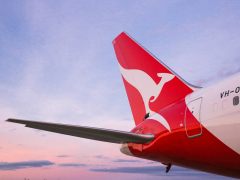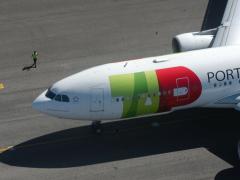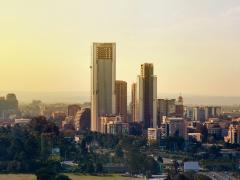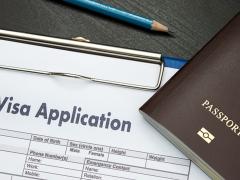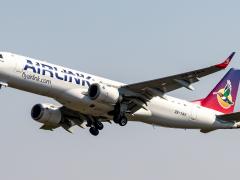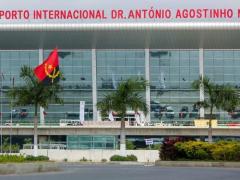Iata’s latest data shows that the recovery in global air travel continued in October.
Total traffic in October 2022, measured in revenue passenger kilometres or RPKs, rose 44,6% compared with October 2021. Globally, traffic is now at 74,2% of October 2019 levels.
Domestic traffic for October 2022 slipped 0,8% compared with the same period in 2021 as stringent COVID-related travel restrictions in China dampened global figures. Total October 2022 domestic traffic was at 77,9% of the October 2019 level.
Domestic forward bookings remained at around 70% of pre-pandemic levels.
International traffic climbed 102,4% versus October 2021. October 2022 international RPKs reached 72,1% of October 2019 levels with all markets recording strong growth, led by the Asia-Pacific region. Forward bookings for international travel increased to around 75% of pre-pandemic levels, following reopening of multiple Asian economies.
“Traditionally, by October, we are into the slower autumn travel season in the Northern hemisphere, so it is highly reassuring to see demand and forward bookings continuing to be so strong. It bodes well for the coming winter season and the ongoing recovery,” says Willie Walsh, Iata DG.
African airlines’ traffic rose 84,5% in October versus a year ago. October 2022 capacity was up 46,9% and load factors climbed 14,5 percentage points to 71,3%, the lowest among regions.
Australia almost tripled its October domestic traffic from last year (+292,9%); traffic now stands at 15,8% below pre-pandemic levels.
China’s domestic RPKs fell 58,7% in October and are now 69,4% below October 2019 levels.
“A recent survey of European business leaders doing business across borders showed that 84% could not imagine doing so without access to air transport networks, and 89% believed being close to an airport with global connections gave them a competitive advantage. Governments need to pay attention to the message that air travel is fundamental to how we live and work,” notes Walsh.
“That reality should drive policies to enable aviation to operate as efficiently as possible while supporting the industry’s 2050 nett zero emission goals with meaningful incentives to encourage the production of sustainable aviation fuels.”


